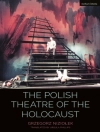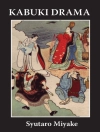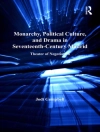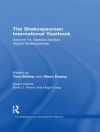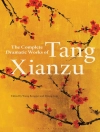Stanley Kubrick’s
The Shining (1980) is an esteemed member of the twentieth century’s pantheon of outstanding films while also perhaps being the director’s most accessible film. It is a rarity in that on the one hand it was a successful mainstream horror film about a violent father in a deserted and haunted hotel, but on the other is a more rarefied and esoteric object for cult audiences who are convinced that the film means something totally different. Indeed, the film appears replete with enigmatic and provocative allusions, which provide
The Shining with an almost unmatched sense of resonance. Seeing the film as a vehicle for secret messages has led to a myriad of different interpretations, which has helped elevate the film’s cult status over the years to make it a special case in cinema. Indeed, it is so singular that it arguably even redefines the notion of cult film. This volume investigates
The Shining’s most fascinating aspects as a film while also addressing the range of meanings and interpretations assigned to the film, looking into what has made it one of the key cult films of the last half century.
Jadual kandungan
Acknowledgements
1 Introduction: The Non-Linear Shining
2. Stanley’s or Stephen’s?: Production, Promotion, Initial Reception
3. ‘Play With Us Forever’: Subsequent Reception
4. Things That People Who Shine Can See: Film Analysis
5. Academic Bullshit: The Place of the Film
Notes
Bibliography
Index
Mengenai Pengarang
Biography: K. J. Donnelly is professor of film and film music at the University of Southampton, UK, and author of many books, including The Spectre of Sound (2007), Occult Aesthetics (2014), and Magical Musical Tour (2015).


